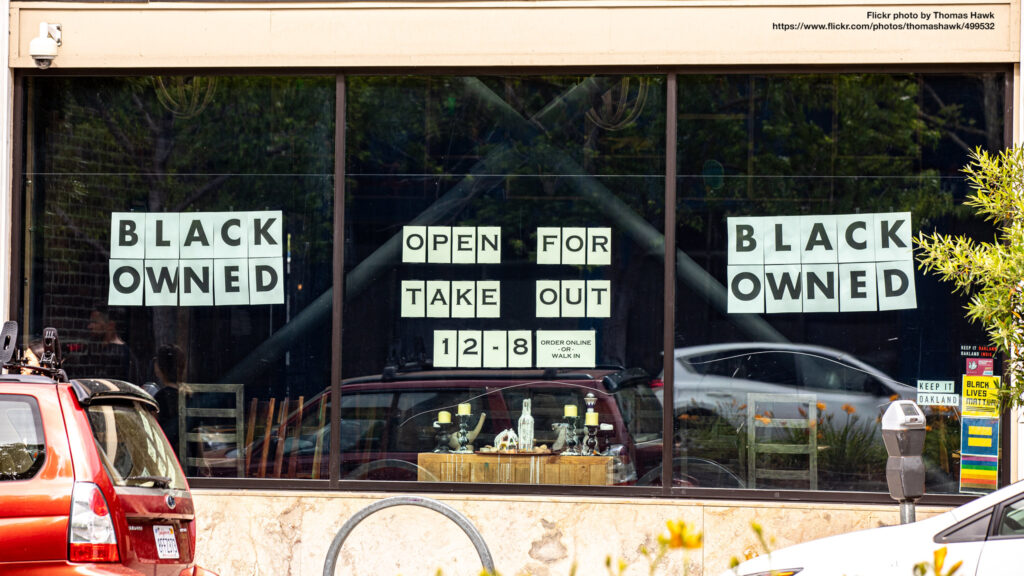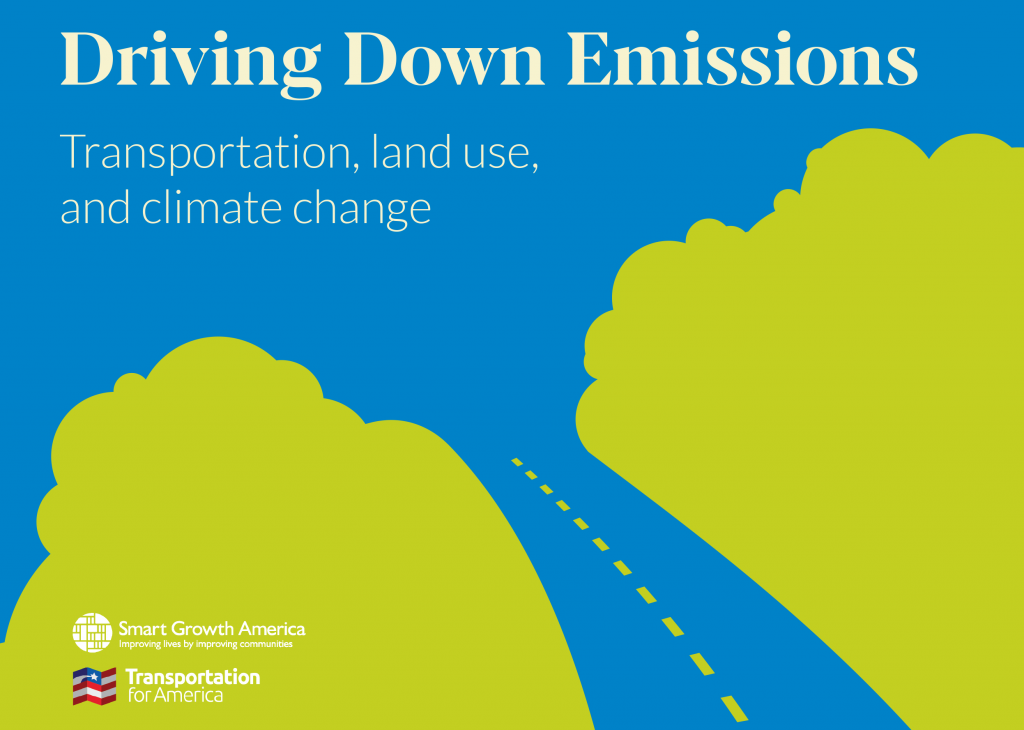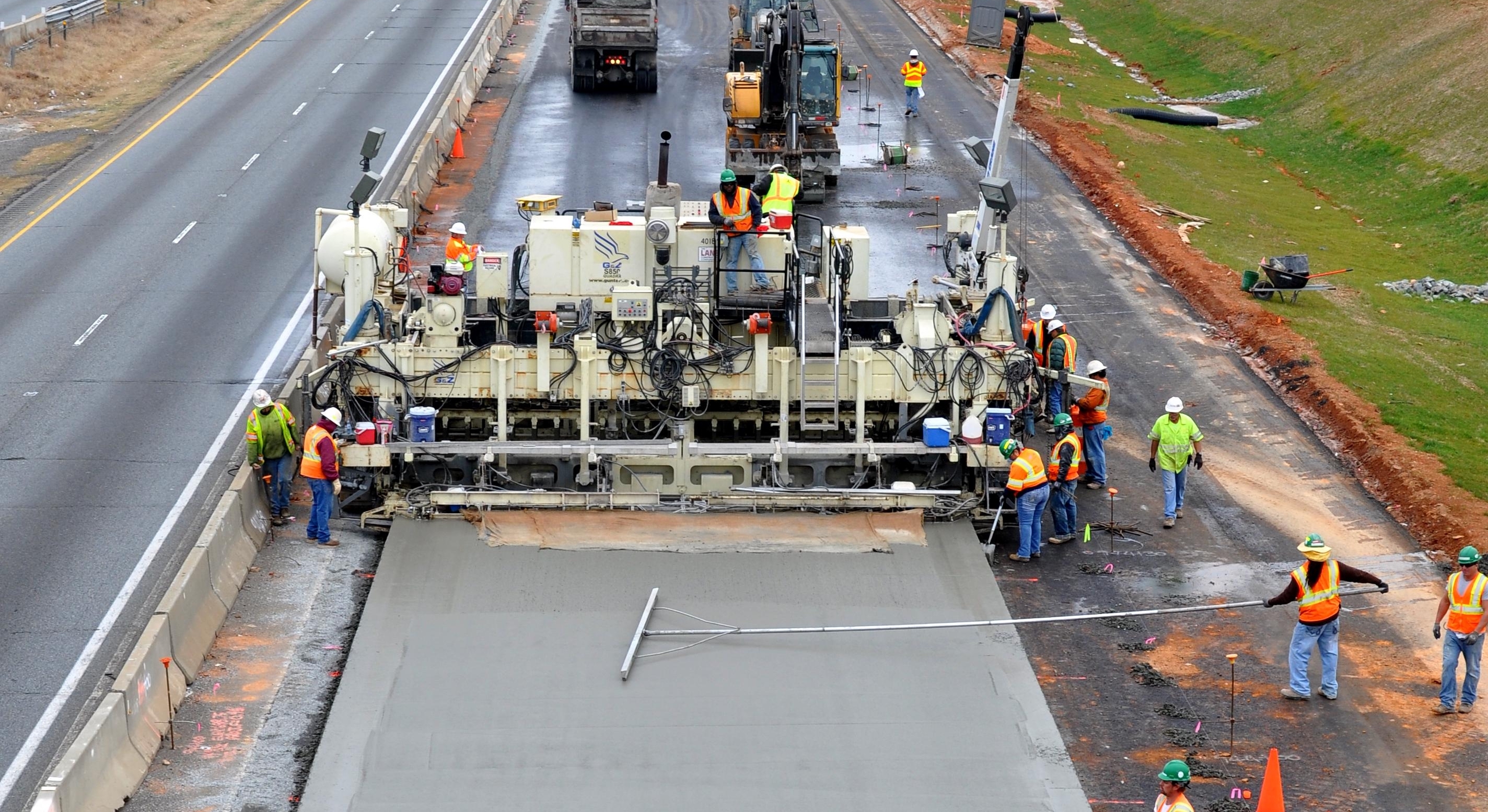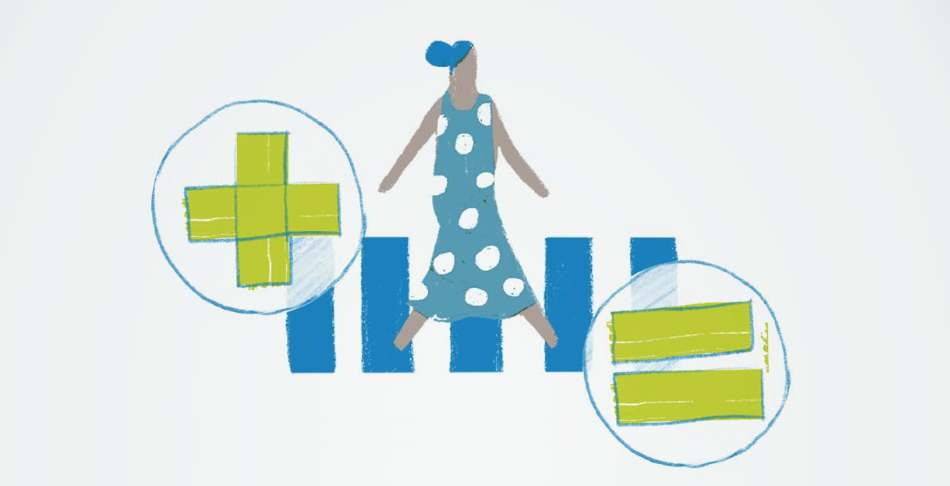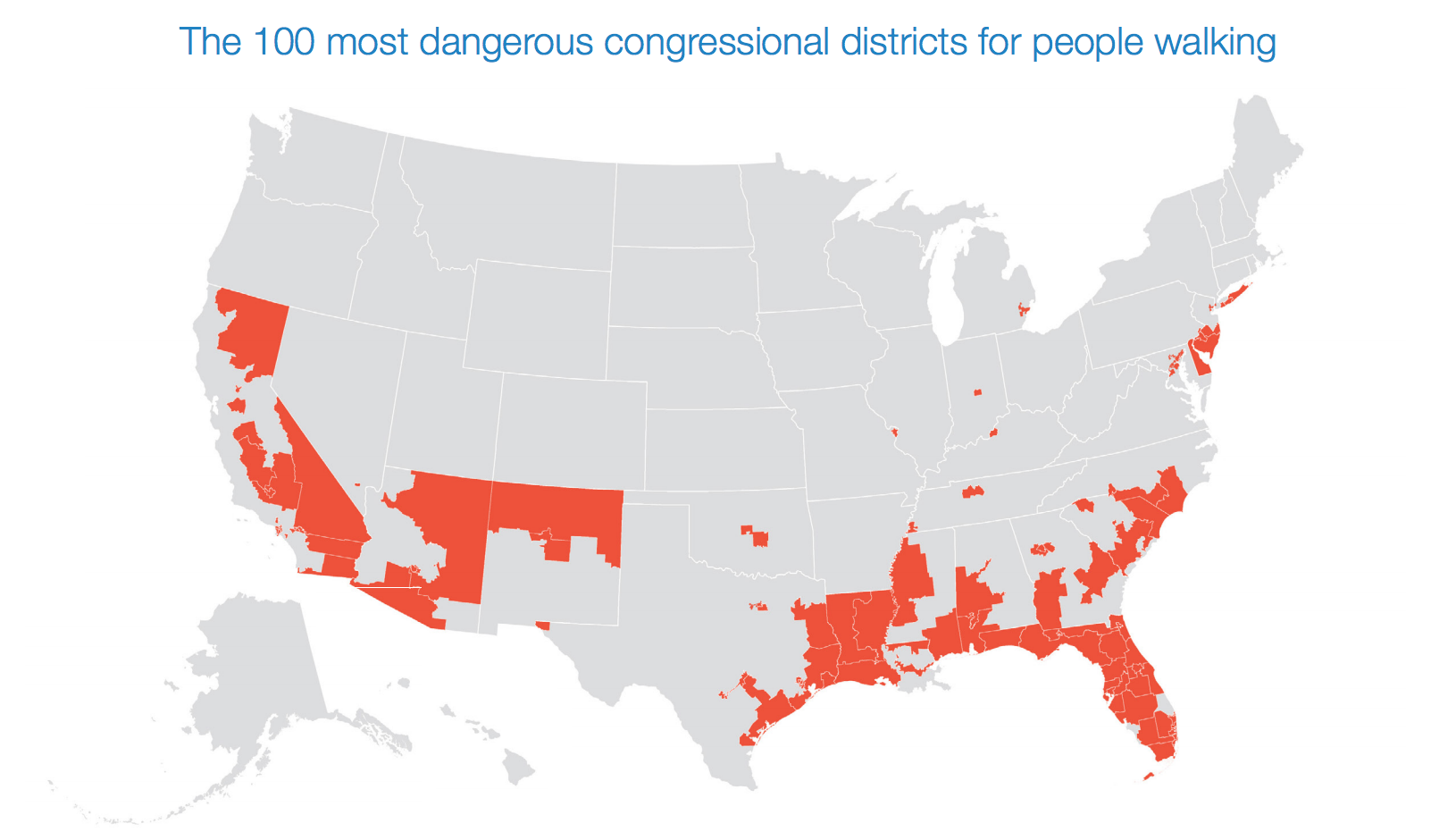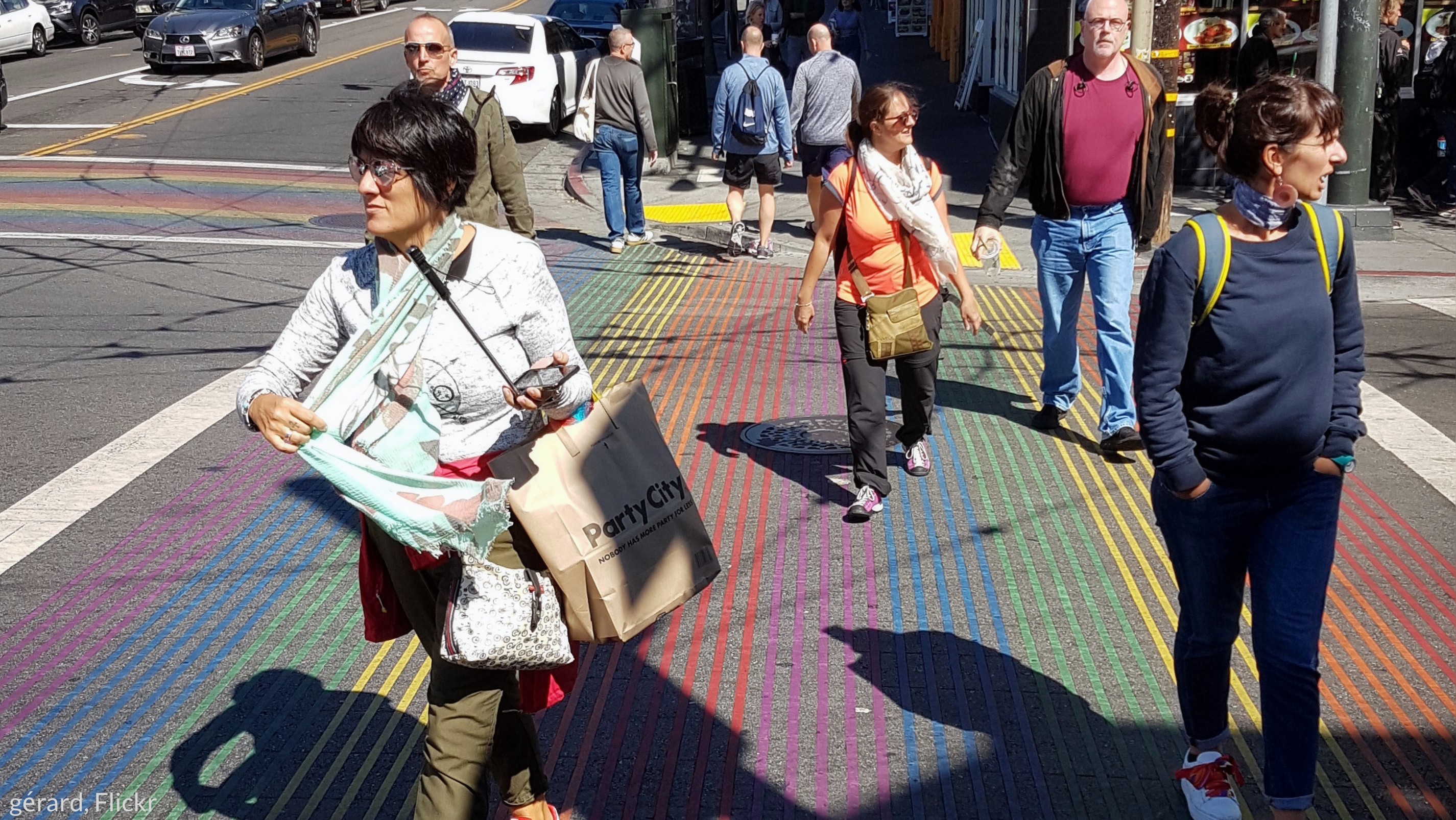When it comes to design, we must also consider the deadly impacts of ever-larger vehicles
the increasing size and weight of personal vehicles are also having an impact on the steadily increasing number of people struck and killed while walking. In addition to designing safer streets, improving vehicle design along four main criteria is also critical for reducing pedestrian fatalities.
